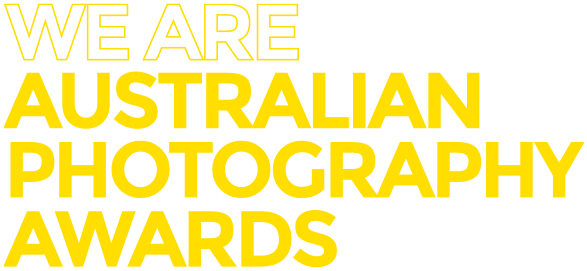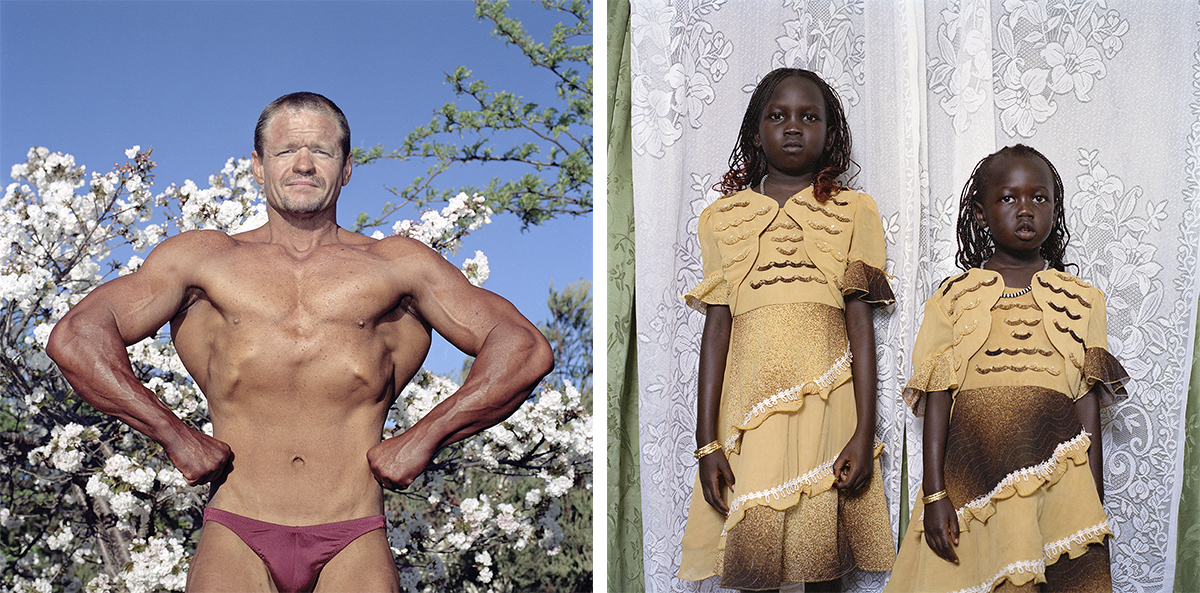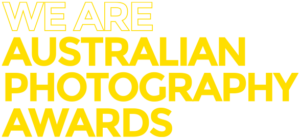Portraiture is one of the oldest and yet still most ubiquitous formats of art. From the very inception of image-making, the ability to capture a person’s likeness quickly and with true-to-life detail revolutionised art practice, even if the traditional artists of the day didn’t exactly agree.
Whilst portrait photography has looked very differently throughout history, adapting to technology and incorporating the stylistic tendencies of the era in which they are produced, since its inception portraiture as a practice is still perhaps the least changed photographic genre.

This comparison is of two photographs, Unidentified Bride produced by Southworth & Hawes around 1850 alongside Melissa, an image by acclaimed photographer Alec Soth produced in 2005 for his book Niagra. Despite the 155 year gap separating the two celebrated works, they are each large format photographs with shallow depth of field, picturing a bride outside of a traditional wedding setting. The greatest similarity between these two images though, is their success in capturing the essence of a pinnacle moment in life. The clothing and surroundings of these women tell the stories of a time period, while their poses and likeness tell the stories of similar life experiences. These two images showcase something that I believe true about portrait photography – it hasn’t evolved as dramatically as other genres because it hasn’t had to. Pictures of people will always be a powerful and relevant tool in visual storytelling.
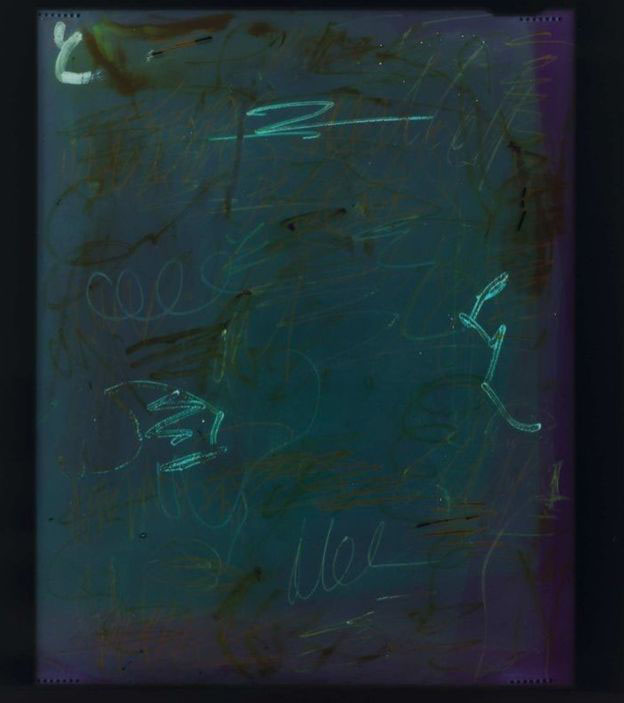 This isn’t to say that modern approaches to portraiture aren’t exciting and unique. Artists have always found new ways to reinvent a format and portraiture is no exception. Justine Varga famously won the 2017 Olive Cotton Award with Maternal Line, a portrait of her grandmother made by scratching a negative with pens and then smearing her saliva on the 5×4 sheet of film. By imprinting her likeness through familiar actions and her family line through the DNA contained within her saliva, Varga and her grandmother pushed the boundaries of portraiture and created a considered piece of art, proving that we haven’t yet reached the limits of what can be defined as a portrait, and perhaps we never will.
This isn’t to say that modern approaches to portraiture aren’t exciting and unique. Artists have always found new ways to reinvent a format and portraiture is no exception. Justine Varga famously won the 2017 Olive Cotton Award with Maternal Line, a portrait of her grandmother made by scratching a negative with pens and then smearing her saliva on the 5×4 sheet of film. By imprinting her likeness through familiar actions and her family line through the DNA contained within her saliva, Varga and her grandmother pushed the boundaries of portraiture and created a considered piece of art, proving that we haven’t yet reached the limits of what can be defined as a portrait, and perhaps we never will.
So how do we then make portraits that are both modern and exciting? Original and honest? We have already established that a portrait doesn’t need to break the boundaries of tradition to be effective, nor does it need to adhere to traditional expression. It can be overwhelming the amount of different formats that a portrait can take and still be considered successful, so we are going to take a look at our portrait category judges to examine the ways that they utilise and look for portraiture in their work.
Lee Grant
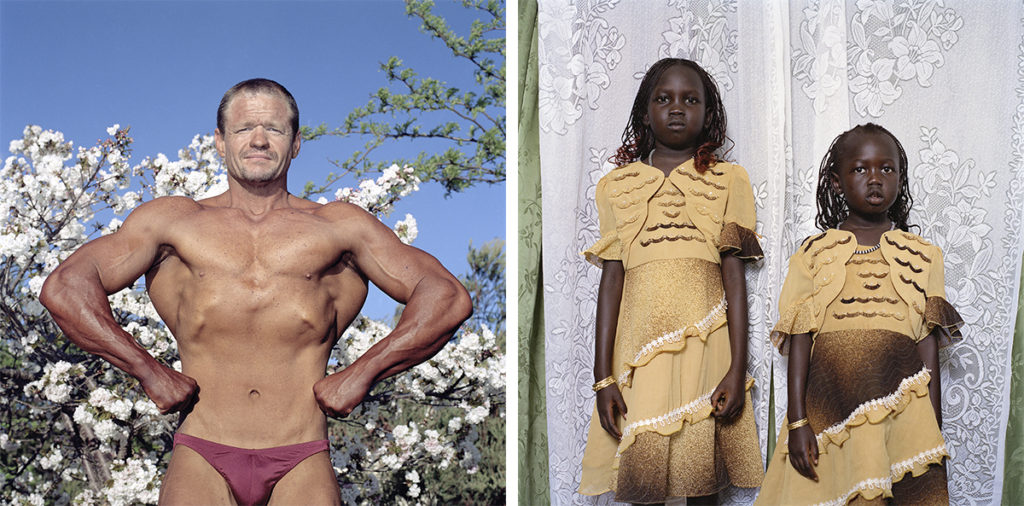
Lee Grant is a photographer based just outside of Moruya on the NSW South Coast. Lee’s work explores themes of migrant identity, personal history and Australian culture. Highly awarded, she has exhibited her work at the Australian Centre for Photography, Monash Gallery of Art, the National Portrait Gallery and the Queensland Centre for Photography as well as having produced multiple photobooks and publications.
Lee’s portraiture weaves together vignettes of quiet moments and diverse characters to create work serving to understand the fabric of a place. Her work heavily utilises environmental surroundings to build an understanding of who a group of people are, the place in which they inhabit and the ways in which these two identities inform each other. Lee’s imagery emphasises the extraordinary in the banal with a great ability to showcase the uniqueness and special characteristics of the people she photographs.
Many of her projects include elements of her own story, using the photography of others to promote further understanding of the self. This personal element is an important aspect of what makes her work original, honest and subsequently so successful.
Ilsa Wynne-Hoelscher Kidd
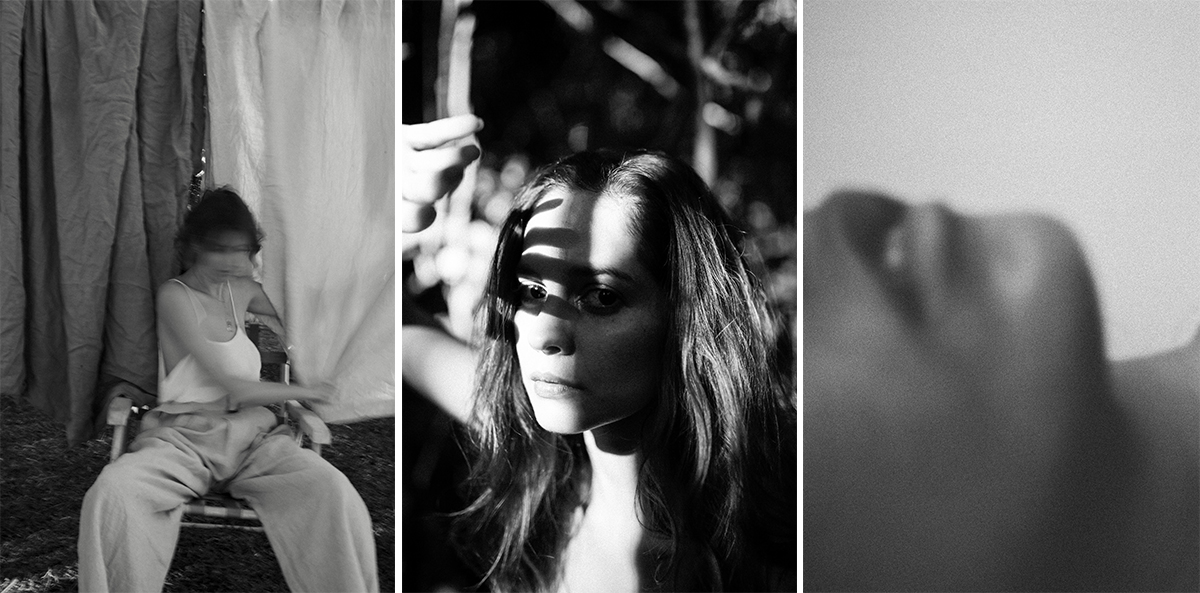
Ilsa Wynne-Hoelscher Kidd, based in Melbourne, also has a greatly unique approach to portrait making. Her work, glistening with symbolism, often contains studies on womanhood and the family relation. Ilsa, who has featured in many exhibitions and publications, is in the process of releasing two books and has been highly regarded by many awards programs including most recently being a winning artist in our own 2020 Stories award.
Ilsa is a natural storyteller and as such each portrait that she creates simultaneously portrays a narrative whilst often being part of a larger story that she is creating through her series-based approach. When viewing Ilsa’s imagery, you so often feel like you are looking right through her eyes. Sometimes sharp and clinical, sometimes foggy and mystical, all of her portraits contain a purposeful atmosphere that impacts the way the viewer relates with the scene. Her way of creating imagery that feels both off-the-cuff and deliberate enhances this sense that we, the audience, are witnessing life unfold through her thoughts, feelings and interpretations of the world.
Sally Brownbill 
Sally Brownbill is a Melbourne based Creative Consultant that encompasses curation, education and all round photography expertise. Throughout her jam-packed career Sally has worked in Film & Television, lectured across a wide range of universities such as RMIT, operated her own agency representing Melbourne’s best photographers, worked as a creative consultant and is now the owner and operator of The Brownbill Effect, that encompasses Australia’s most comprehensive creative directory.
Sally’s day to day involves assisting photographers curate their work, shape their portfolios, websites and exhibitions and has access to some of the most sought-after corners of the Australian creative sector. She has sat on the judging panel of many photographic awards, lectured for over 20 years on all things photography and career trajectories and has been a fixture at APA since the very beginning. On what Sally is looking for in an image, she had this to say;
“We are always striving for the individuality that I always encourage photographers to have.”
As somebody who spends all day every day examining imagery, Sally will be searching for not only great imagery but imagery that is uniquely individual and separates itself from the photographs around it.
Mags King
Mags King is the photographic manager, editor and curator for the Sydney Morning Herald and Australian Financial Review. Having been working with the highest quality photojournalism for 20 years, to say that Mags knows what a winning portrait looks like would be an understatement. Through curating exhibitions such as Photos 1440 at The State Library of NSW, the Spectrum Now Festival, Weather at Head On Photo Festival, the Indian Photo Festival in Hyderabad India and Into the Line of Fire at the State Library, Mags has a long and industrious career of finding the greatest images in a collection and curating a final product for output.
Similarly to Sally Brownbill, Mags day to day involves looking at an enormous amount of photography. When speaking of curating the annual Sydney Morning Herald exhibition Photos 1440, she notes keeping a mental bank of imagery from the year to draw from in the initial stages of selection. This vast knowledge of what imagery has stood out from the year to date will undoubtedly factor into Mags’ interpretation of the portraits entered into APA 2020.
The major thread connecting each of our judges is a sense of individualism or uniqueness to portraiture. A great portrait when put simply, is an image that captures the essence of the person contained within its frame. Not only their likeness, but their identity. Environmental portraits need to allow the audience a sense of place and many of the best portraits contain an element of the photographer within the image. As we spoke about in our articles on originality and honesty, by imparting into a picture an element of the artist, this makes for a photograph that only that individual could create. These are the makings of a winning portrait.
